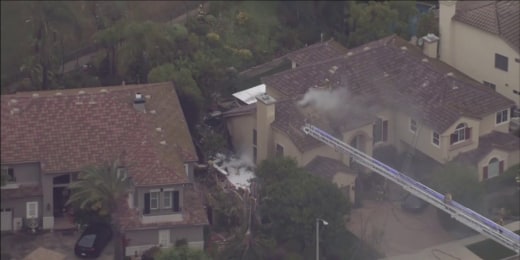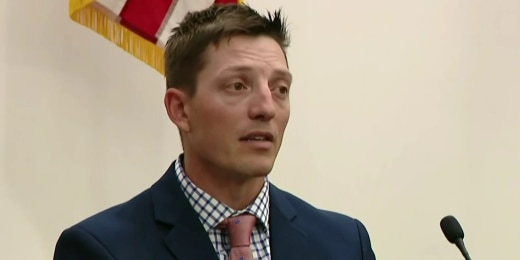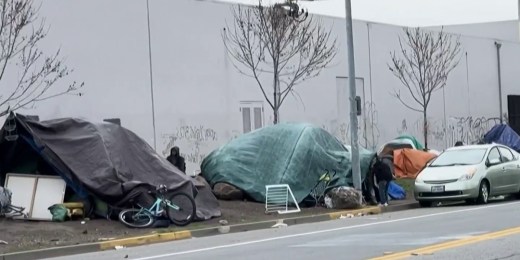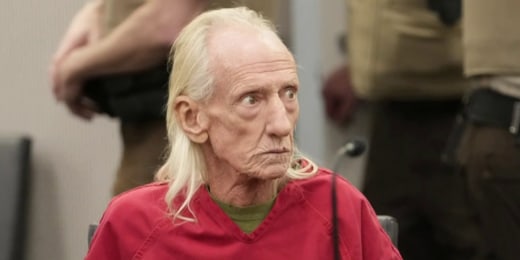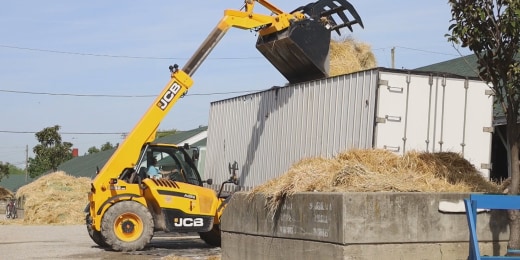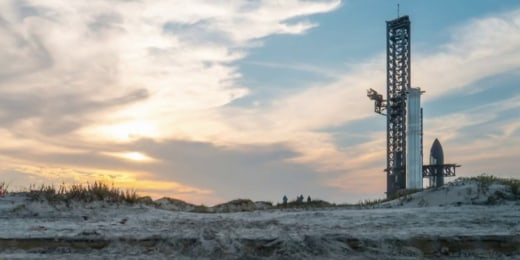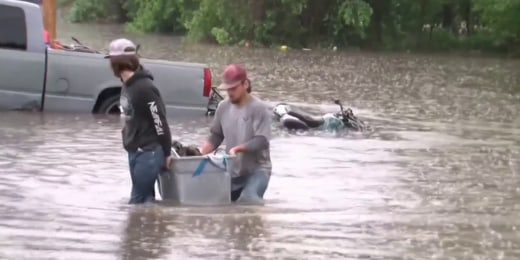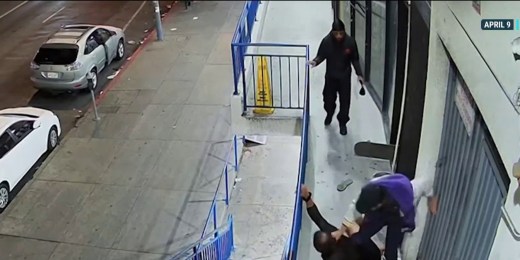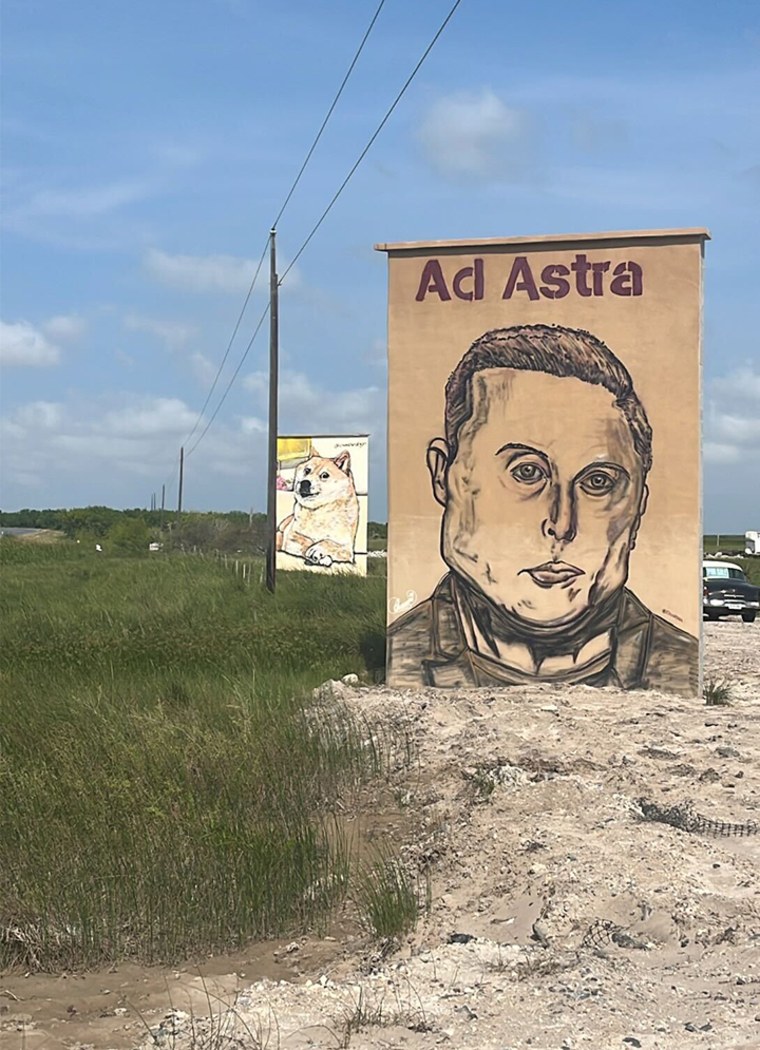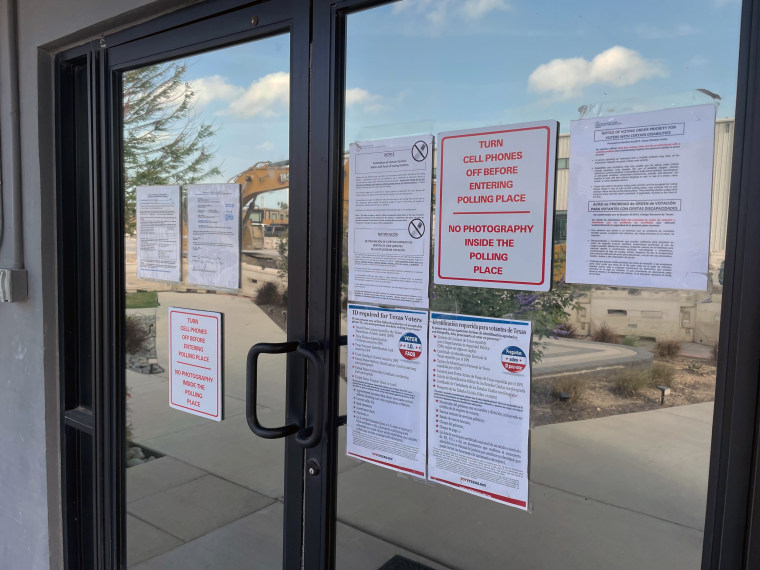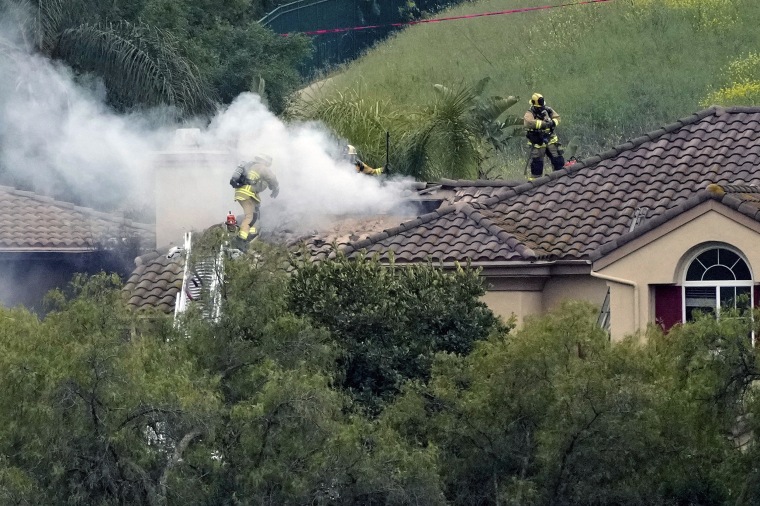
In the week following President Donald Trump’s “Liberation Day” tariffs announcement, it looked like the stock market had seen a ghost.
Over the course of seven days following his April 2 announcement, the S&P 500 lost more than 12%, a decline not typically seen outside of extreme events like the Covid-19 pandemic and the subprime mortgage crisis of 2008. That stretch last month also saw the fifth-worst two-day percentage decline since World War II.
Government bond yields, too, began to creep steadily upward, making it more expensive for the U.S. to borrow money, amid signs that both the substance and erratic rollout of Trump’s tariff plan were testing traders’ faith in the United States’ ability to make timely payments on its debt.
Stocks around the world sold off, too.
“April was an absolutely seismic month in financial markets, as the announcement of US reciprocal tariffs led to a huge global sell-off,” analysts with Deutsche Bank said in a note to clients Thursday. “The initial moves were truly historic in their speed.”
With the stock and bond markets blaring red alerts, Trump backed off some of his tariffs on April 9, triggering euphoria among investors. After he announced a 90-day pause on the reciprocal tariffs for “non-retaliating” countries, the S&P saw its best daily performance in nearly 17 years, with a 9.5% gain. At the same time, the sell-off in Treasurys stabilized.
Now, 32 days after the historic Rose Garden speech, stocks have executed a stunning comeback of sorts, with the broader market largely returning to where it was when the “Liberation Day” tariffs were first announced. Volatility in government borrowing costs, too, has leveled off.
The gains are relative: Stocks remain about 6% below their pre-Inauguration Day levels. But some blue chip companies like Apple are still hobbling. The iPhone maker’s stock is down more than 20% since its all-time high last winter, though partly for reasons beyond the president’s policies. Tesla, which is helmed by Elon Musk, a close ally of Trump, is still 40% off its December peak.
Nevertheless, the broader recovery has been significant. According to Dow Jones, the eight trading days through Thursday last week saw the biggest gain for the S&P 500 since November 2020, when markets showed their first signs of recovery from the depths of the Covid-19 pandemic.
And with Friday’s close, the index saw its longest winning streak in 20 years.
Experts say the recovery has been fueled by a combination of Trump’s softening tone on tariffs and investors entering an “acceptance” stage that whatever the president ends up saying, tariffs are here to stay in some form or another.
“Markets are adjusting to the tariffs story and saying, ‘OK, this has happened, now what do we do about it?’” said Roxanna Islam, head of research at VettaFi, an asset management platform. “People are starting to look more forward than backward.”
If flows of money into a popular low-cost investment vehicle are any indication, the recovery has been led by so-called “retail” investors, opportunistic buyers who are more apt to make daily market trades. That group stands in contrast to longer-term investors like 401(k) holders or large institutions, which typically take a more measured, long-term view of investing.
According to the Vanguard investment group, which runs investment vehicles known as exchange-traded funds (ETFs), “bulls,” or net buyers of stocks, outnumbered “bears” (net sellers) by a ratio of nearly 4 to 1 among self-directed investors. The Vanguard ETF saw a $21 billion inflow last month, the most in its 15-year history and the fifth-largest amount ever taken in by a fund on a monthly basis, Bloomberg News reported.
“It would be simplistic to say it’s just retail — but to a large extent it has been,” said Steve Sosnick, chief strategist at the Interactive Brokers financial group.
The retail investment boom surfaced during the pandemic, when day traders turned to playing markets amid nationwide shutdowns. The trend became best known for fueling mania in “meme” stocks like GameStop and Bed Bath & Beyond that would see intense run-ups in price amid online speculation about company turnarounds.
The meme-stock days have largely faded, but the impulse to “buy the dip” — the popular phrase used to describe when investors bet on stock prices rising after they’ve gone down — remains, Sosnick said.
“I think the key element has been American investors’ unrelenting faith that every dip is a buying opportunity,” he said. “And if enough have this faith, it can make itself true.”
The recovery remains extremely fragile. Stocks are highly sensitive to any hints of trade deals, especially with China, which was excluded from Trump’s initial tariff pause. As recently as Friday, stocks surged on a Wall Street Journal report that China was open to addressing Trump’s concerns about its role in the fentanyl crisis as an entry point for both sides softening their trade dispute.
And the overall economic picture remains uncertain. Despite a strong jobs report Friday, other indicators suggest the economy is throttling back. Economic growth was negative for the first three months of the year, and while much of that was a function of a surge in imports as businesses sought to get ahead of tariffs, consumer spending, which accounts for more than two-thirds of the economy, fell to a 1.8% quarterly gain after surging to a 4% gain in the fourth quarter last year.
Friday’s jobs report also showed the median duration of unemployment is surging and average hourly earnings growth is slowing.
Companies, too, are lowering their financial guidance for the year, or withdrawing it as they await clarity on how Trump’s tariffs shake out.
As a result, overall investment sentiment remains bearish, according to the American Association of Individual Investors (AAII), whose regular survey most recently showed that expectations that stock prices will fall over the next six months increased 3.7 percentage points to 59.3%.
“Bearish sentiment is unusually high and is above its historical average of 31.0% for the 22nd time in 24 weeks,” the AAII said. “Bearish sentiment has now been above 50% for 10-consecutive weeks, the longest period over 50% in the survey’s history.”
Even for people without direct exposure to the stock market, the negative sentiment can have an impact on the broader economy, said Mark Hamrick, senior economic analyst at Bankrate.com.
“Those negative headlines do take a toll beyond those who have a particular stake in the market,” he said.
There are also signs that the “Sell America” trade is lingering, according to Bob Elliott, CEO of the Unlimited Funds investment group, who noted in a post on X Friday that the value of the U.S. dollar remains well below where it was just before Trump’s April 2 tariff announcement, while gold and foreign stocks have been outperforming U.S. equities.
There’s been a “rotation away from the U.S.” even with better-than-expected data, Elliott said.
In short, it remains to be seen where the market goes from here.
“It’s still early,” said Islam, of VettaFi. “There’s still a lot of that uncertainty.”






